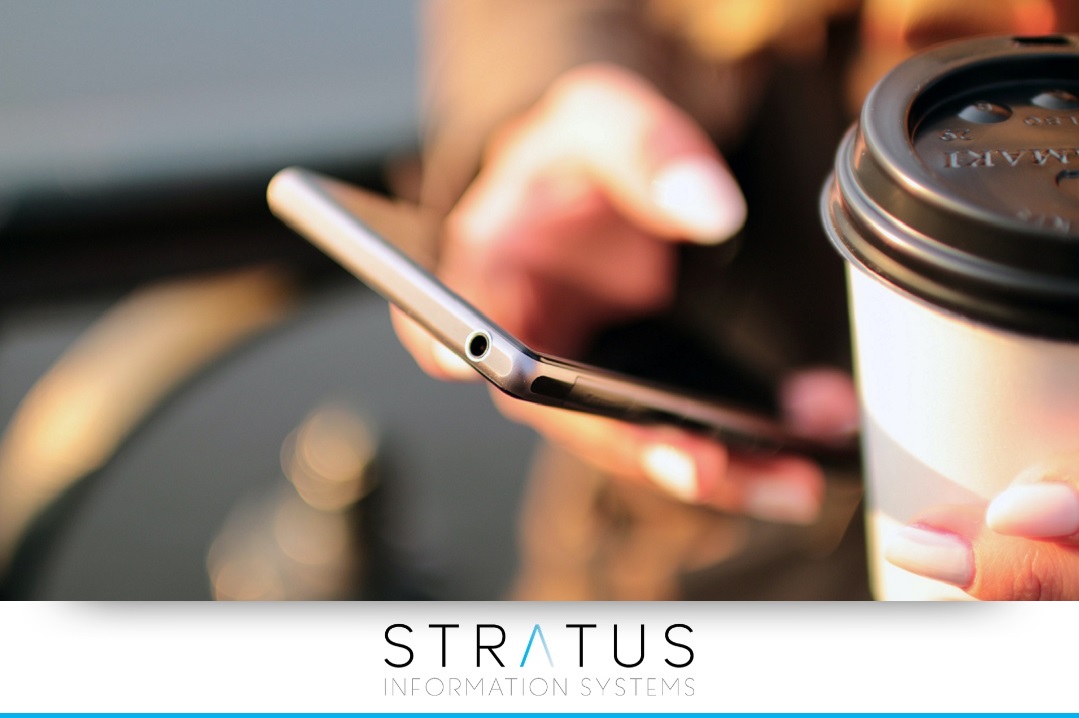Also known as enterprise mobility, business mobility at its most basic is the ability to work remotely, which has become an increasingly critical part of running a modern business. The onset of the COVID-19 crisis accelerated the move toward allowing more remote and off-site work that was already in motion, and businesses of all sizes are scrambling to catch up. With several enterprise mobility models, organizations can reduce costs and increase productivity with the flexibility that these solutions offer.
The Importance of Business Mobility
With a massive shift from the traditional central office business model, businesses need a way for employees and customers to engage while on the go. Organizations that do not consider enterprise mobility at the early stage often find it challenging to survive in the market. Enterprise mobility encompasses many different devices, technical solutions and workflows — it can look like school-issued tablets for learning, mobile apps for employee scheduling and communications, or cloud-based data access from any device.
Enterprise Mobility Models
There are many different business mobility models, and most organizations use a combination of more than one. For example, while working remotely, a business may issue a corporate-owned laptop while the employee checks company emails and communications from their personal cell phone.
Bring Your Own Device (BYOD)
In this model, employees use their personal devices for work purposes. Bring Your Own Device enterprise mobility is a cost-saving measure for organizations and improves user satisfaction while using a familiar device. Bring-your-own-device models require the least up-front capital expense, but can present serious compliance, security, and compatibility challenges that can cost companies more down the road.
Corporate-Owned Personally Enabled (COPE)
Companies provide employees with devices but allow them to use them for personal activities. This enables IT departments to wipe data and update software easily––creating a smoother support environment. Downsides of this model can include the costs associated with purchasing the devices and employees’ training on their functionality.
Choose Your Own Device (CYOD)
This is a hybrid model of BYOD and COPE. Employees may not like the selection of technology but still play a role in purchasing. Expenses are still incurred for the organization, but IT support and updates are more controlled and accessible than the BYOD model.
Enterprise Mobility Management
Enterprise mobility management (EMM) is a set of services and technologies designed to secure corporate data on employees’ mobile devices. This management combines processes, technologies, and people in order to allow IT departments to monitor devices, track performance, enforce network security, and generally manage mobile computing across businesses.
Managed Mobility Made Easy
Managing a network of employees and their devices may seem daunting, but the right network technology can make it simpler. The Cisco Meraki Dashboard can handle security, switching, wireless, surveillance, monitoring, and management all in one place. If an organization lacks a robust IT department to help manage its network, cloud network specialists have the knowledge and expertise to set up organizations for flawless network deployment.
If you want to expand your businesses’ enterprise mobility capabilities, the experts at Stratus can help you figure out where to start, from determining the right devices for your organization to managing and implementing everything from the physical installation to integration with your existing systems.
From transportation to healthcare industries, business mobility is a must to connect and engage customers and employees reliably. Location-based services deliver personalized content through captive portals and mobile apps––increasing revenue and customer retention. A unified network simplifies software updates and increases security.
Contact us to find out how Stratus can help you get your business mobile!

